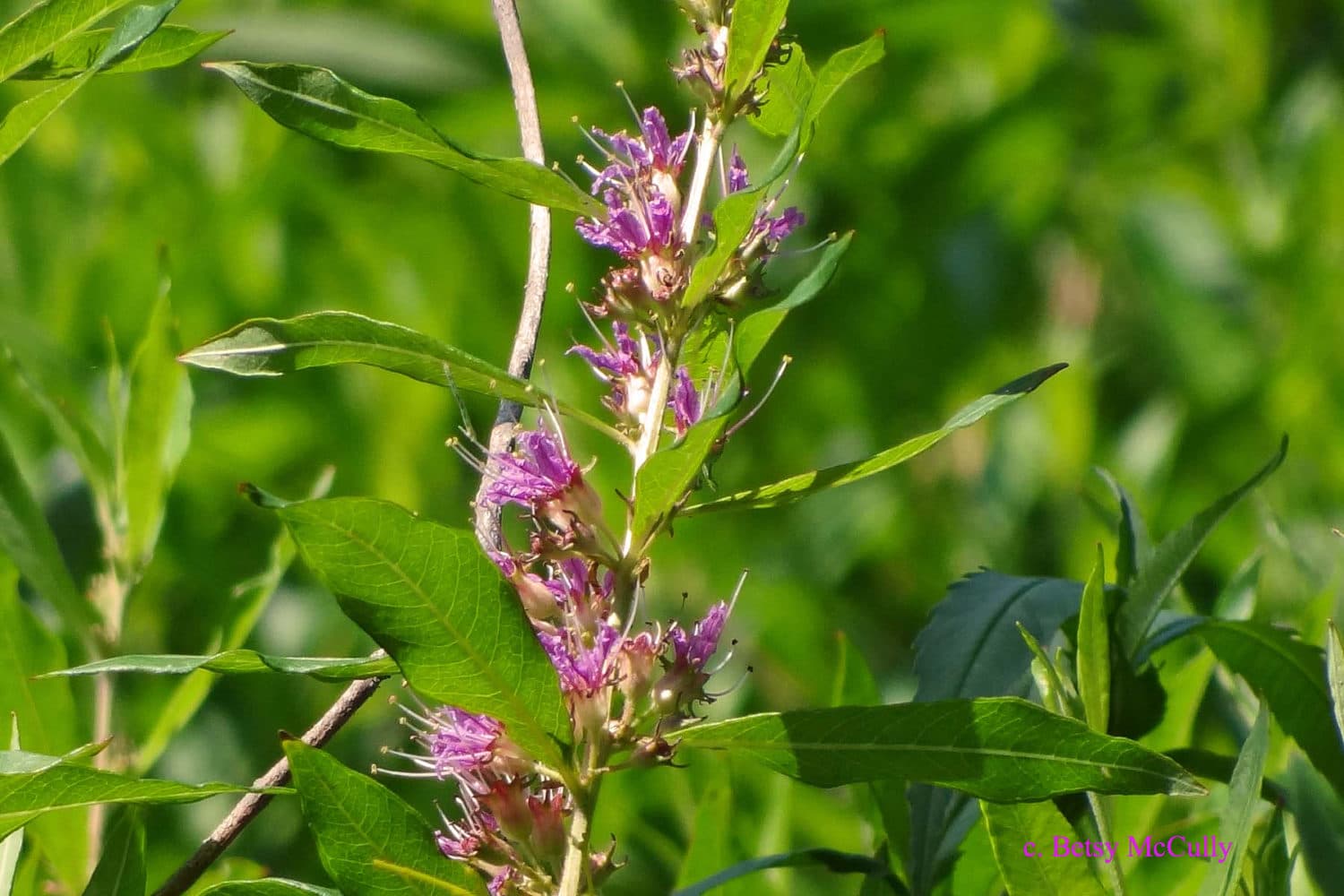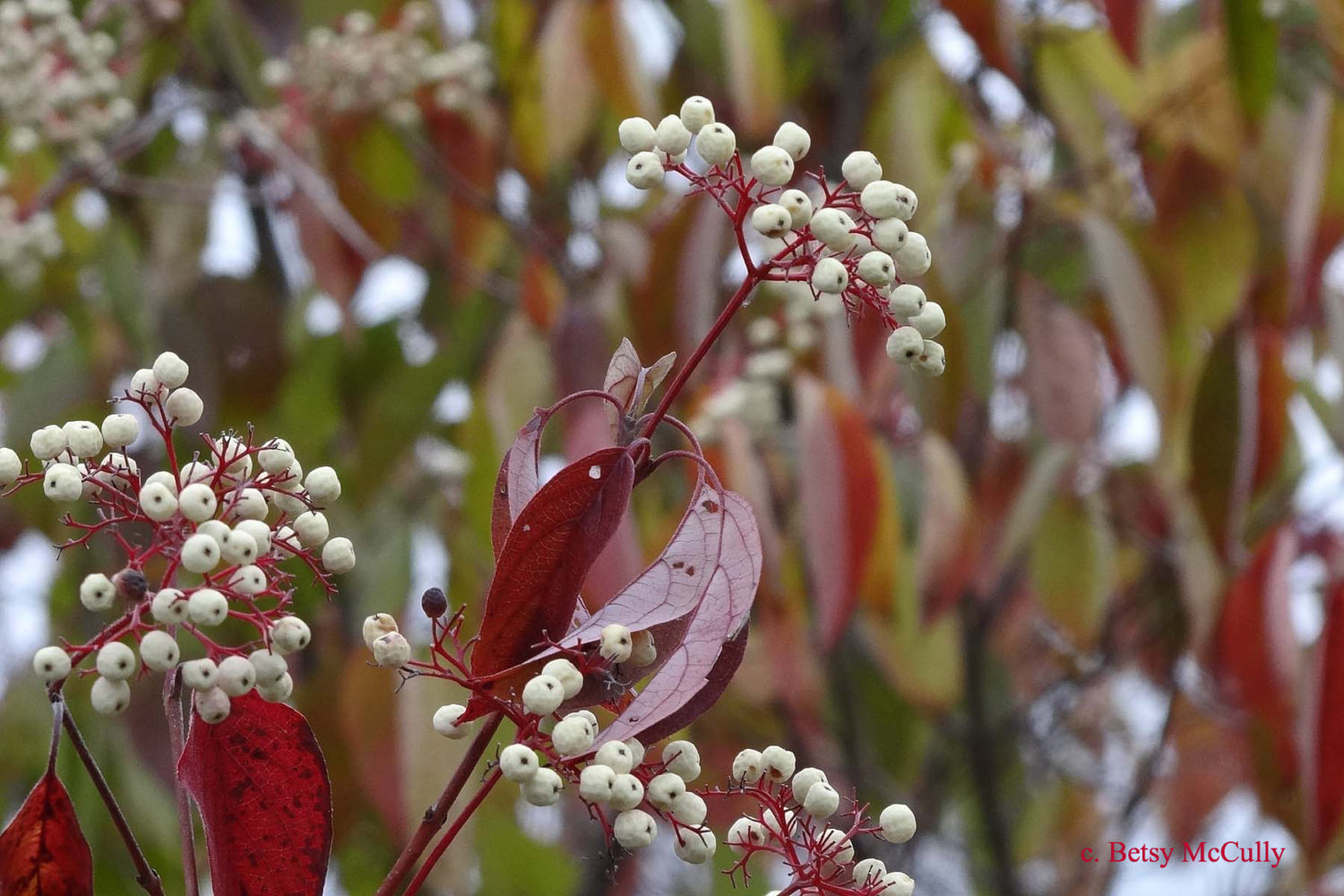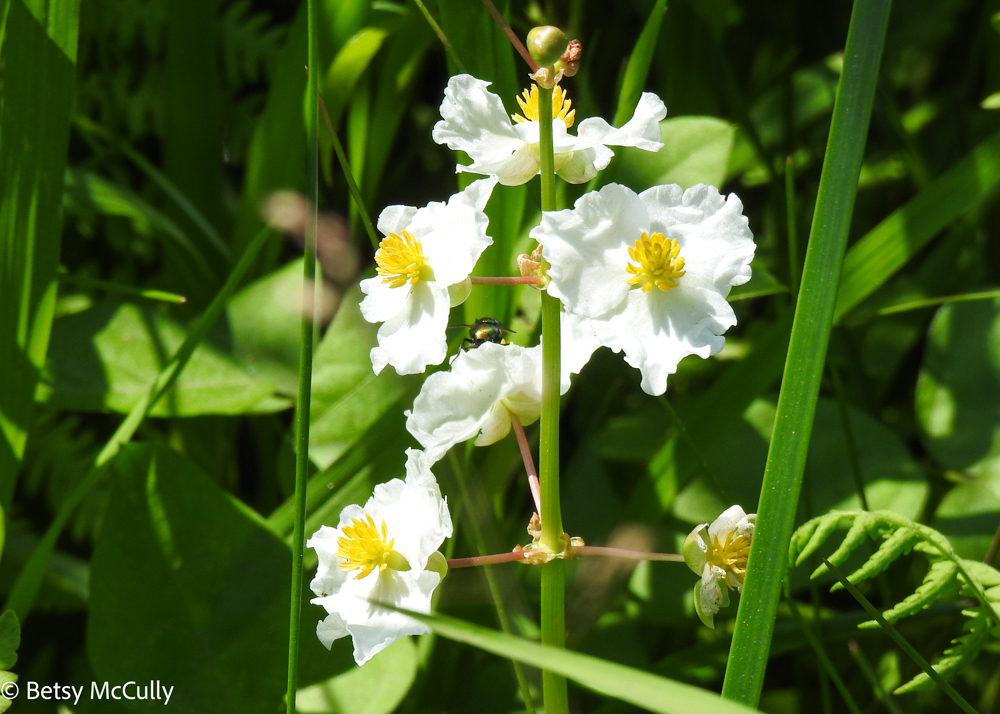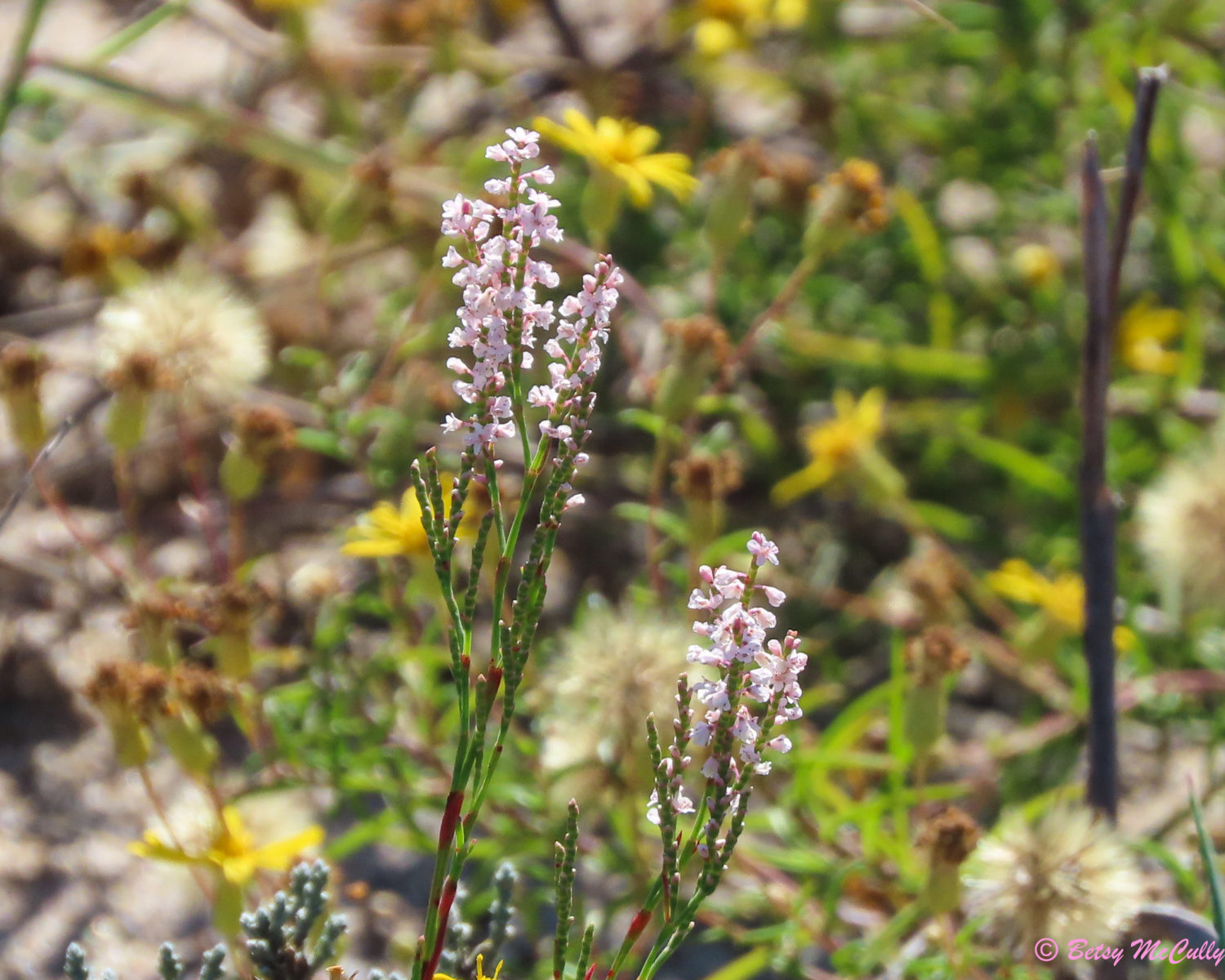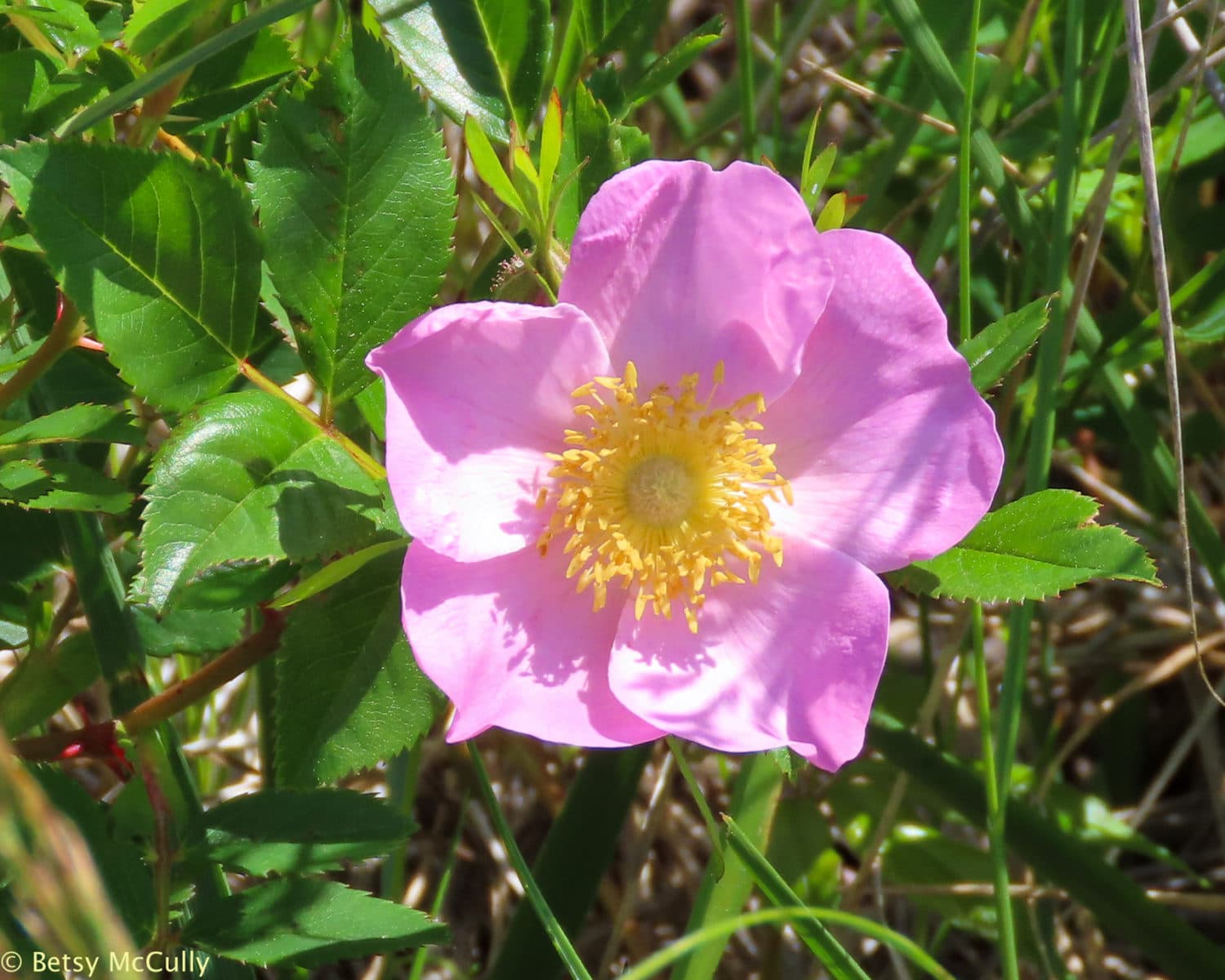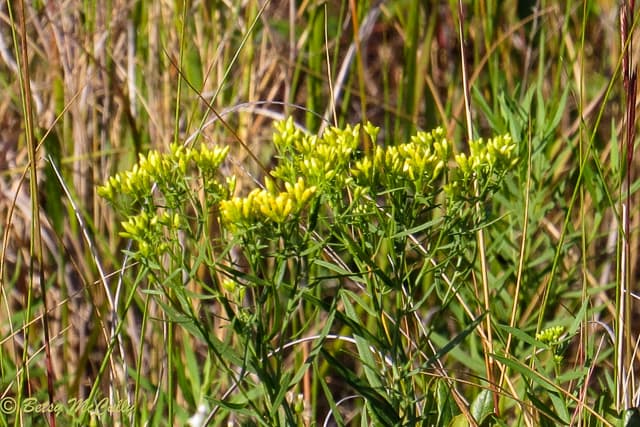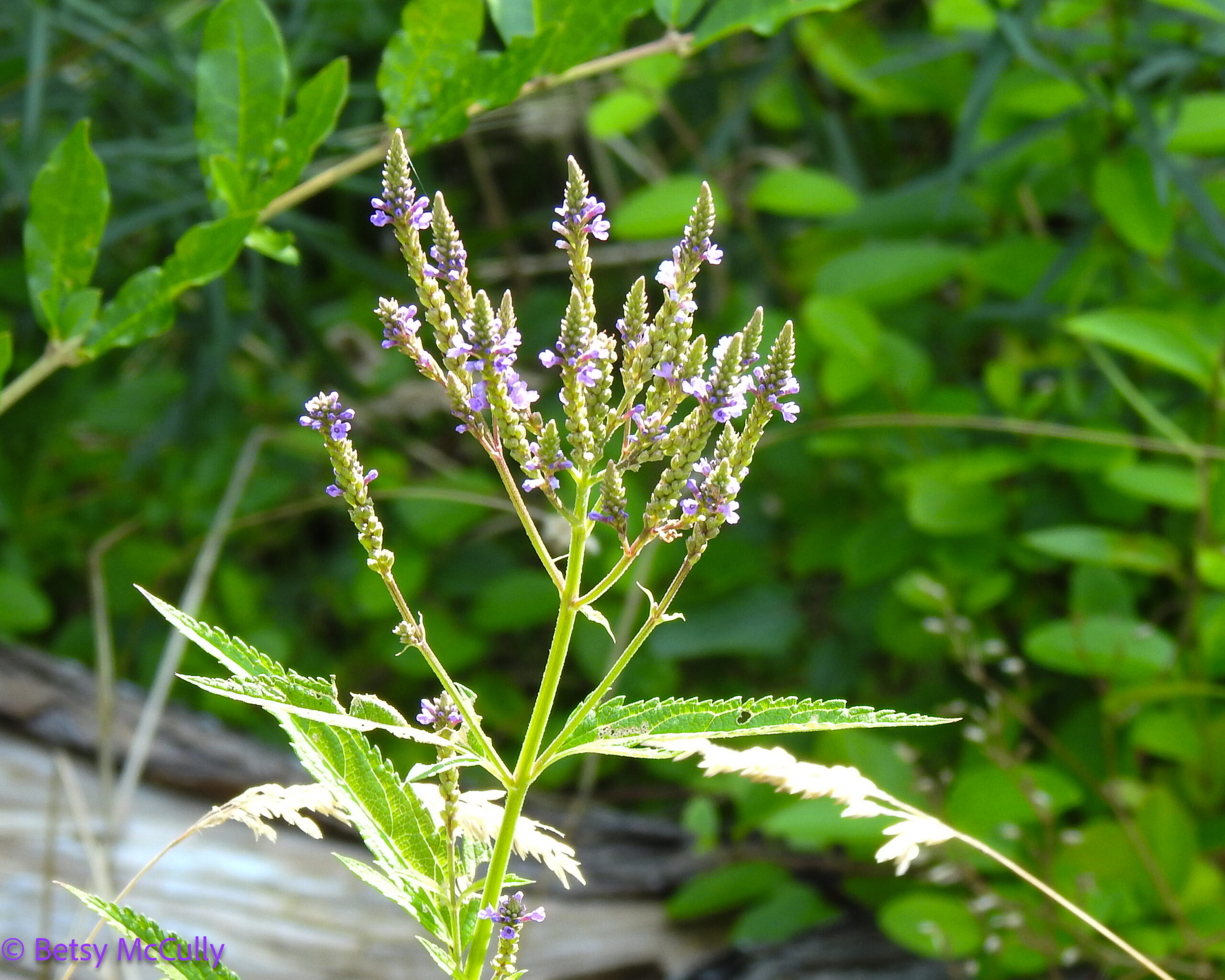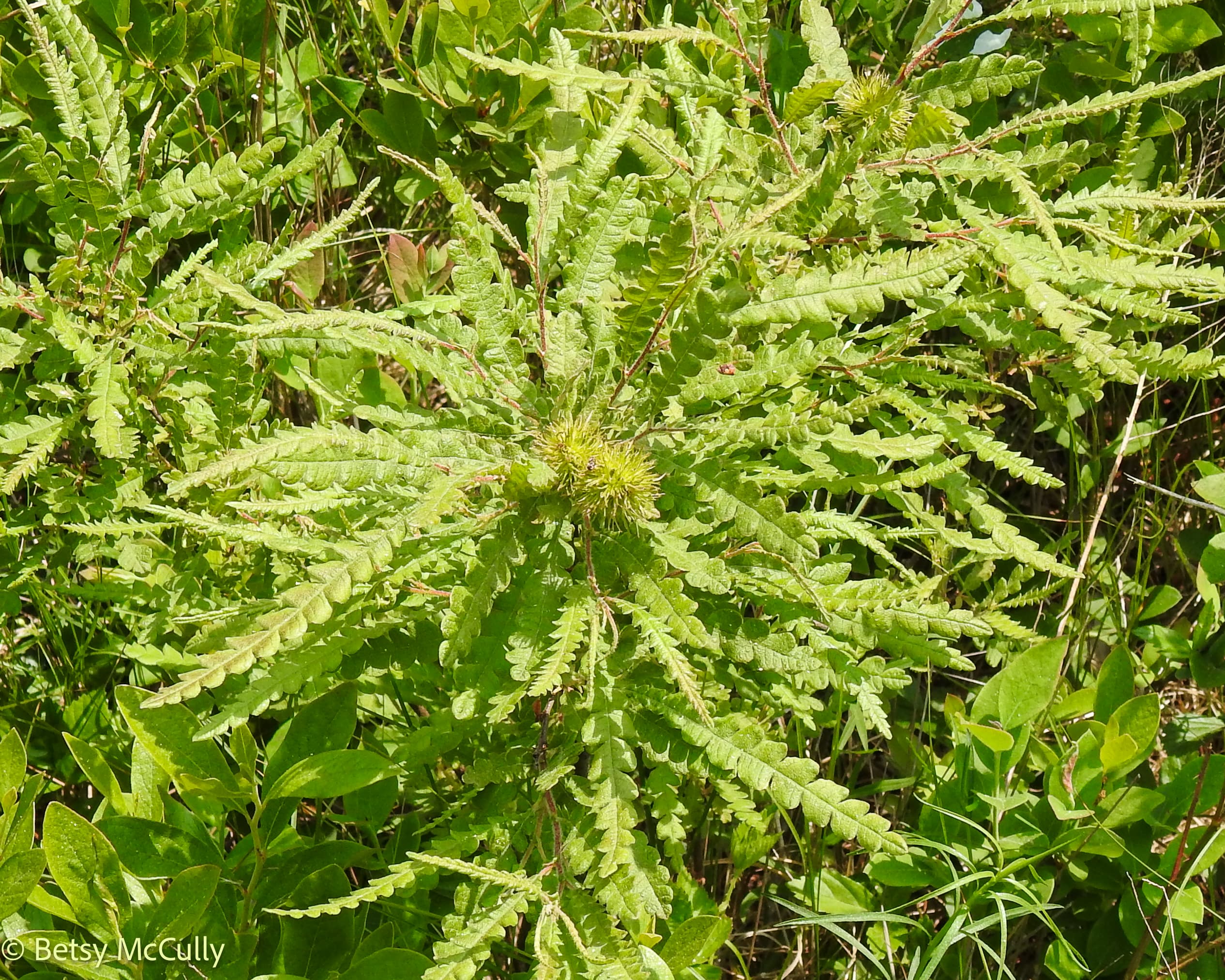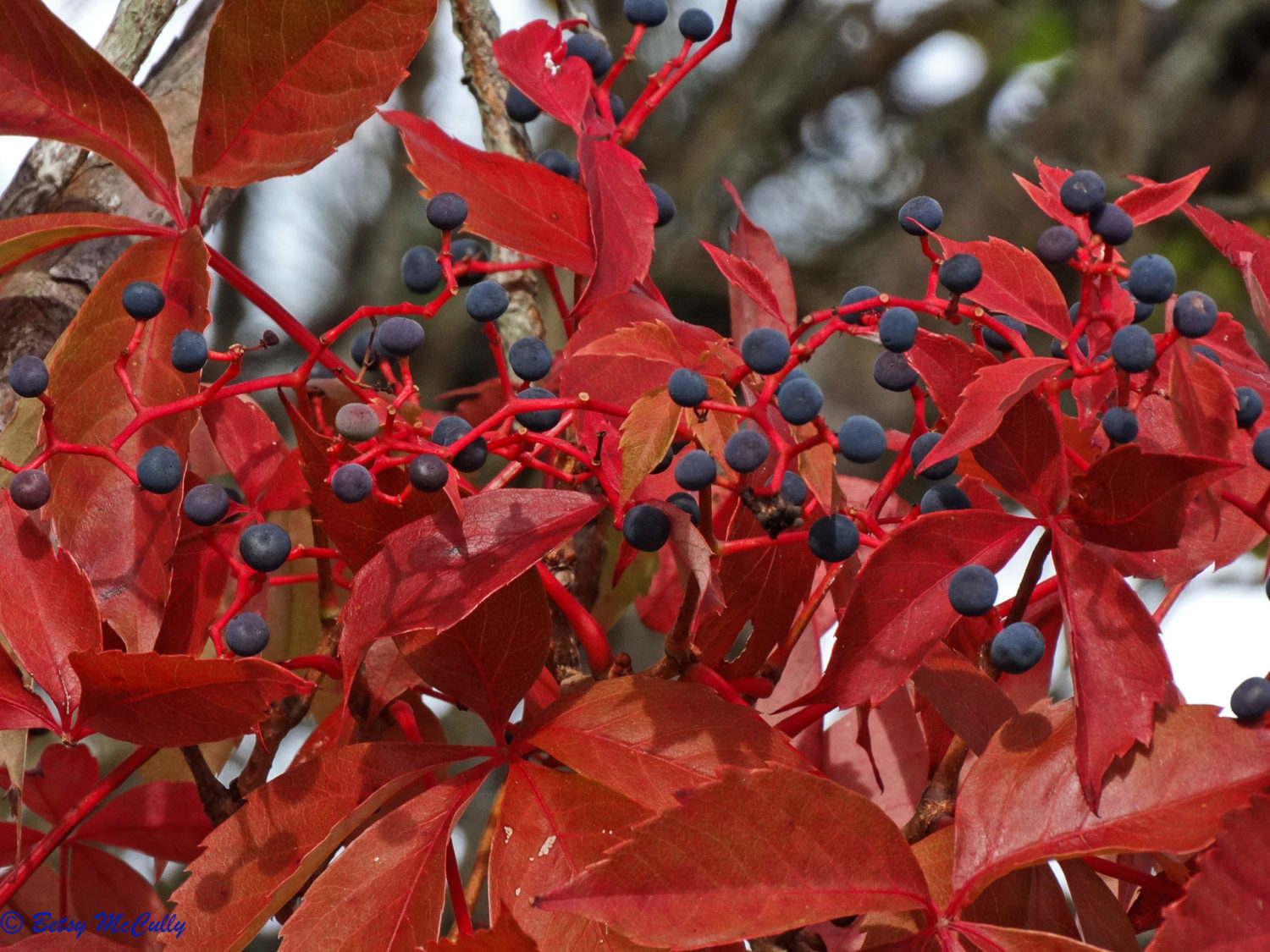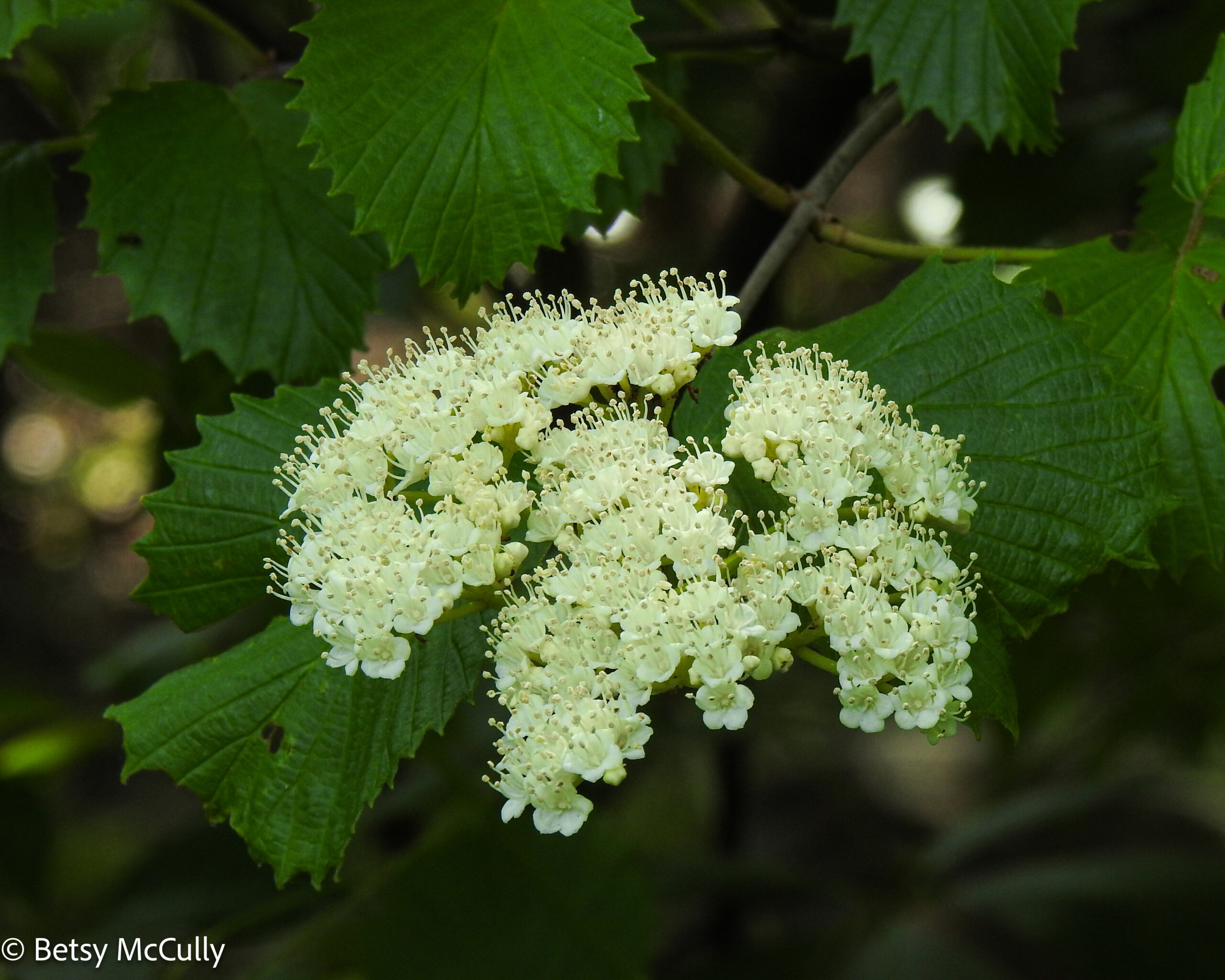New York Wildflowers Gallery by Betsy McCully

Thank you for visiting my gallery of New York wildflowers! I have been photographing the wild plants of New York for over two decades. This is a personal gallery and is not intended as a comprehensive guide to New York flora. See my New York Wild Flora page for further resources.
Please note that while most of the plants shown in this gallery are native, they are not restricted to New York; if they are endemic, that is stated in the notes. My gallery includes non-native plants, especially if they are invasive. Some native plants are also invasive. Click any plant to see the notes on its habits, habitats, status and other details.
Most of the photos are my own, but I wish to thank Alex Roukis for his contribution, particularly of hard-to-find wetland wildflowers. He’s on Flickr, and his album of New York State plants can be accessed here. You can also visit my Flickr pages where you can browse my album of New York Wildflowers. I also wish to thank Long Island botanist Robert Levy, who has helped me with several identifications of plants and taxonomic updates.
A special note to gardeners who wish to plant a native plant garden! Thank you for such an important contribution to restoring native plants and habitats. I hope this gallery will be a useful guide for you, but please: Never collect plants from the wild; always obtain plants from responsible sources. See my New York Wild Flora page for a list of resources and links to websites that offer more detailed information on gardening with native plants.
What is included in the gallery. Besides typical wildflowers, the gallery also includes flowering vines, shrubs, small trees, and grasses that can be found in New York. Yes, grasses are flowering plants (angiosperms) that serve as host plants and provide habitat and shelter for pollinators!
How the gallery is arranged. Plants are arranged by habitat, and within each habitat, by color group, and within each color group, alphabetically by family. Colors can vary, so check a similar color group. Also, some plants may appear in more than one habitat. I give the common name followed by the Latin name, using the nomenclature in The Catalogue of Vascular Plants of New York by David Werier (The Torrey Botanical Society, 2017), which is updated on the New York Flora Association Plant Atlas website. It’s an excellent resource for identifying wild flora, but its photo database is limited. For an excellent image database, I go to the website of the Native Plant Trust. Even though their focus is New England and excludes New York, it’s a very useful resource.
–Betsy McCully, updated July 2025
Note: Click on the picture to view the notes and an enlarged image in Lightbox.









